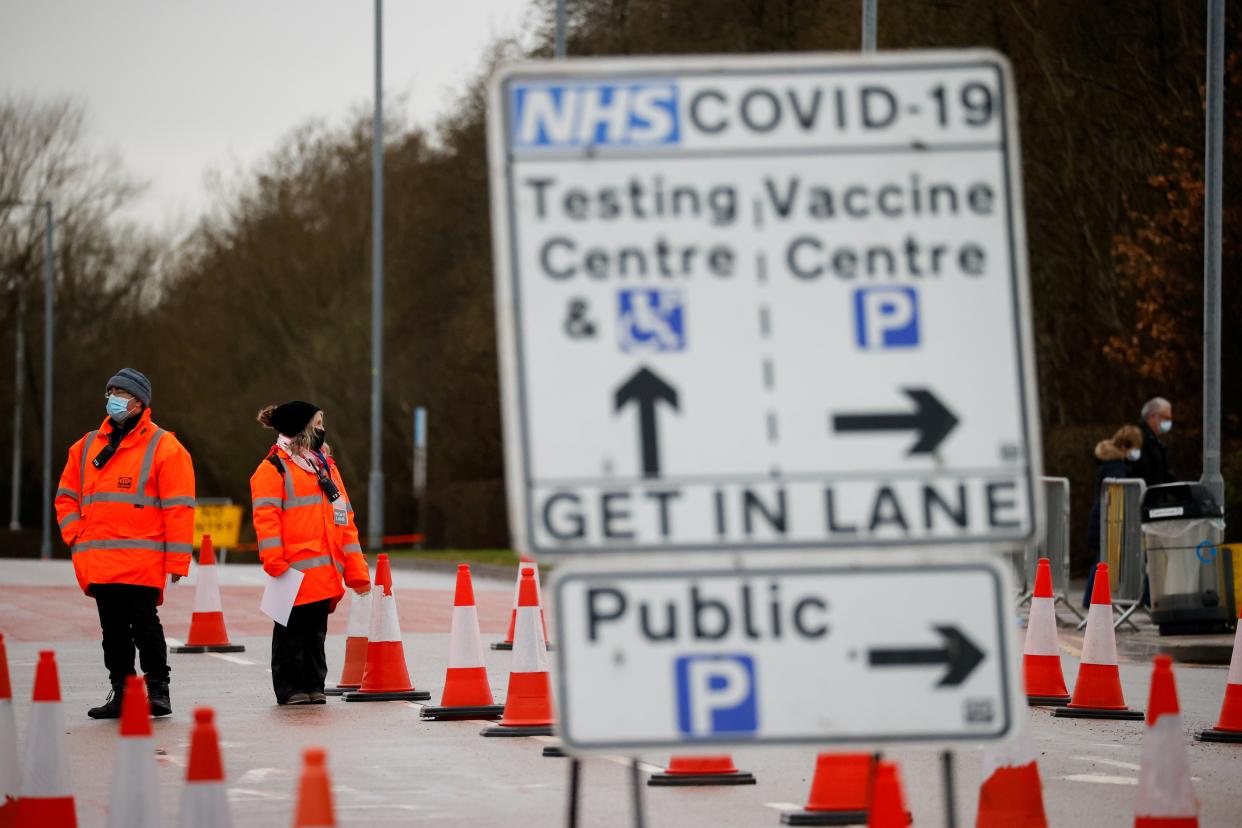Covid R rate falls to 0.6 in London and southeast, modelling suggests — but remains above 1.0 in many areas

The R number is above 1 in the southwest, northwest, northeast and east Midlands
(REUTERS)The coronavirus reproduction rate has fallen to 0.6 in London and the southeast, modelling by researchers at the University of Cambridge has suggested, with the number of infections decreasing across England as a whole.
The Medical Research Council (MRC) Biostatistics Unit Covid-19 Working Group said the current estimate of the daily number of new infections occurring across England is 60,200, while pressure on hospitals remains high.
The Office for National Statistics (ONS), which normally releases its weekly figures around midday on Friday, will to publish its weekly infection survey late due what it said were delays in receiving laboratory test results. The statistics body said it will not be able to publish its data on Friday but will do so “as soon as possible”.
The R number refers to the number of people to whom an infected person will pass the virus; for example, a rate of 1.3 means that every 10 people who test positive for virus will go on to infect another 13 people. The number must be below 1 for an outbreak to shrink.
The Cambridge researchers said regions with a current R rate below 1 are the east of England, London, the southeast, west Midlands and Yorkshire and the Humber.
It is above 1 in the southwest, northwest, northeast and east Midlands.
The researchers said: "The growth rate for England is now estimated to be -0.02 per day. This means that, nationally, the number of infections is declining but with a high degree of regional variation.
"Infections are still increasing in the southwest and northeast, whilst plateauing in the west Midlands and east Midlands."
It comes as Thursday marked the fourth consecutive day in which cases remained below 50,000.
However, pressure on the NHS remains high, with the PHE surveillance report showing that there were more people being admitted to hospitals and intensive care units.
Around one in five major hospital trusts in England had no spare adult critical care beds on 10 January, NHS England data shows.
Separately, the Zoe Covid Symptom Study UK Infection Survey from King's College London calculated the UK R rate at 0.9.
The Cambridge figures follow data released by Public Health England (PHE) on Wednesday showing infection rates had dropped in most regions of England across all age groups except for the over-80s.
Read More
One of two Brazil coronavirus variants is already in UK, expert says
Up to 1.3 million immigrants have left UK amid pandemic, study finds
The science – and mutations – behind the emerging coronavirus variants

 Yahoo News
Yahoo News 
